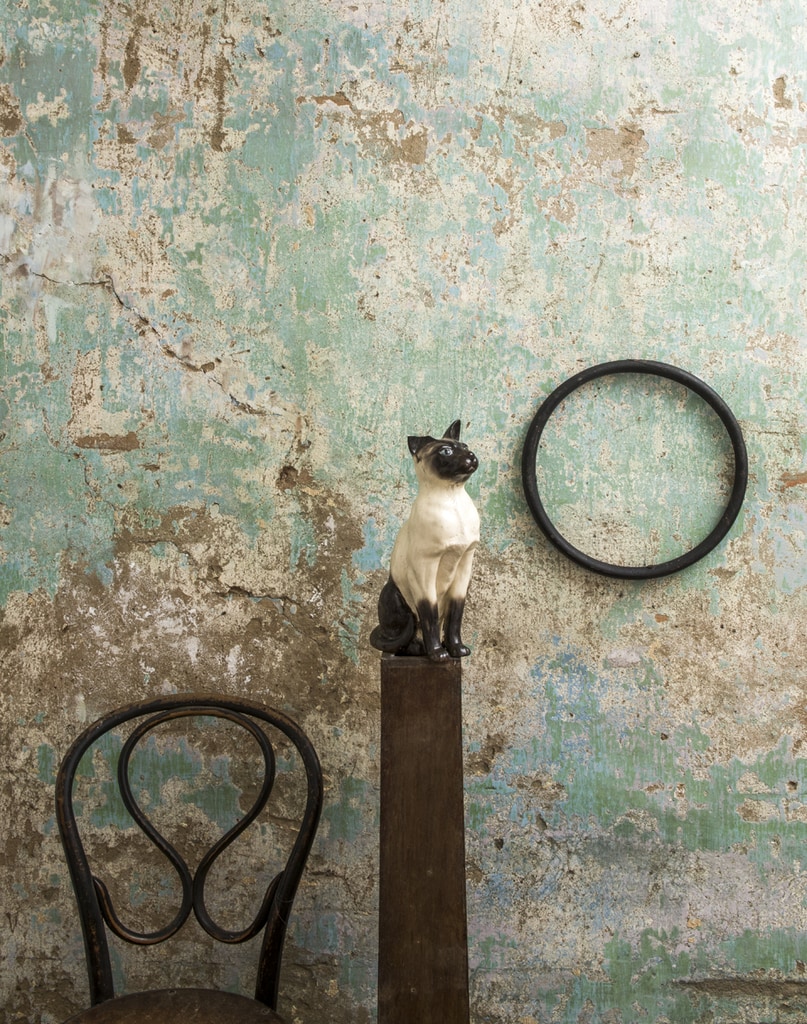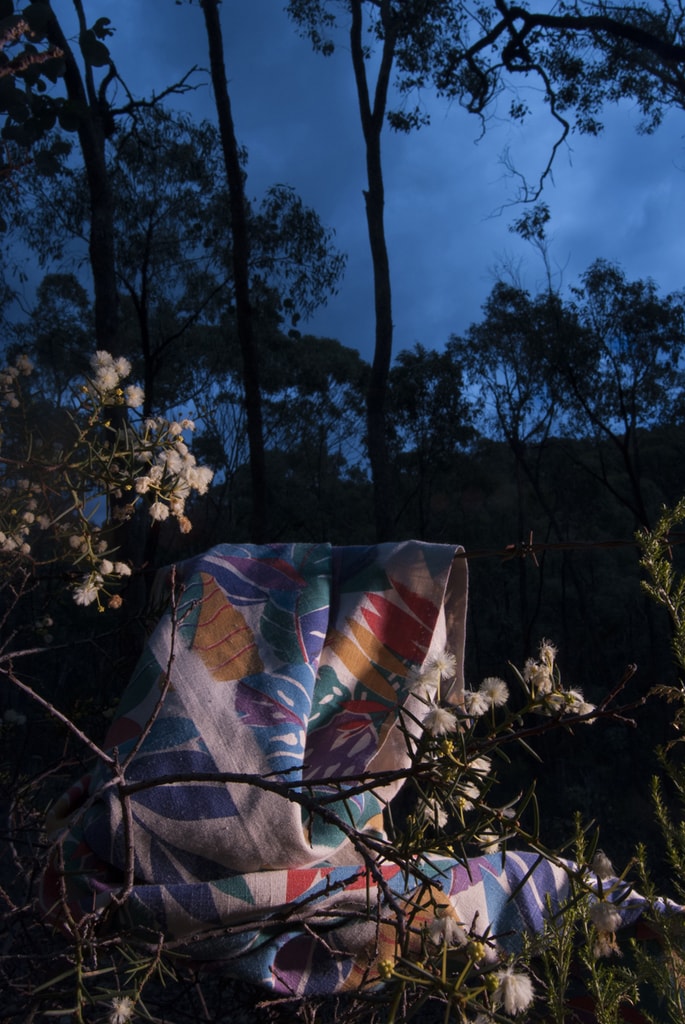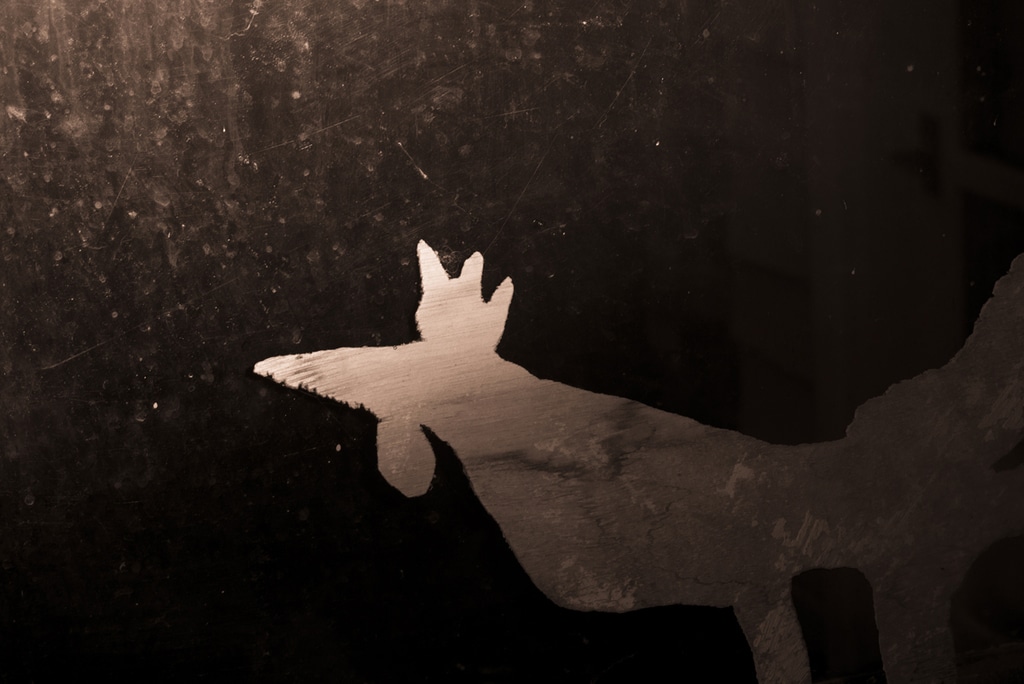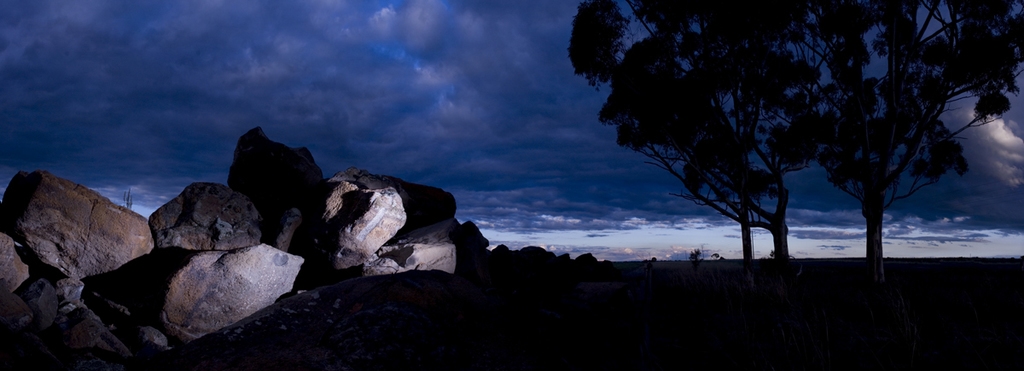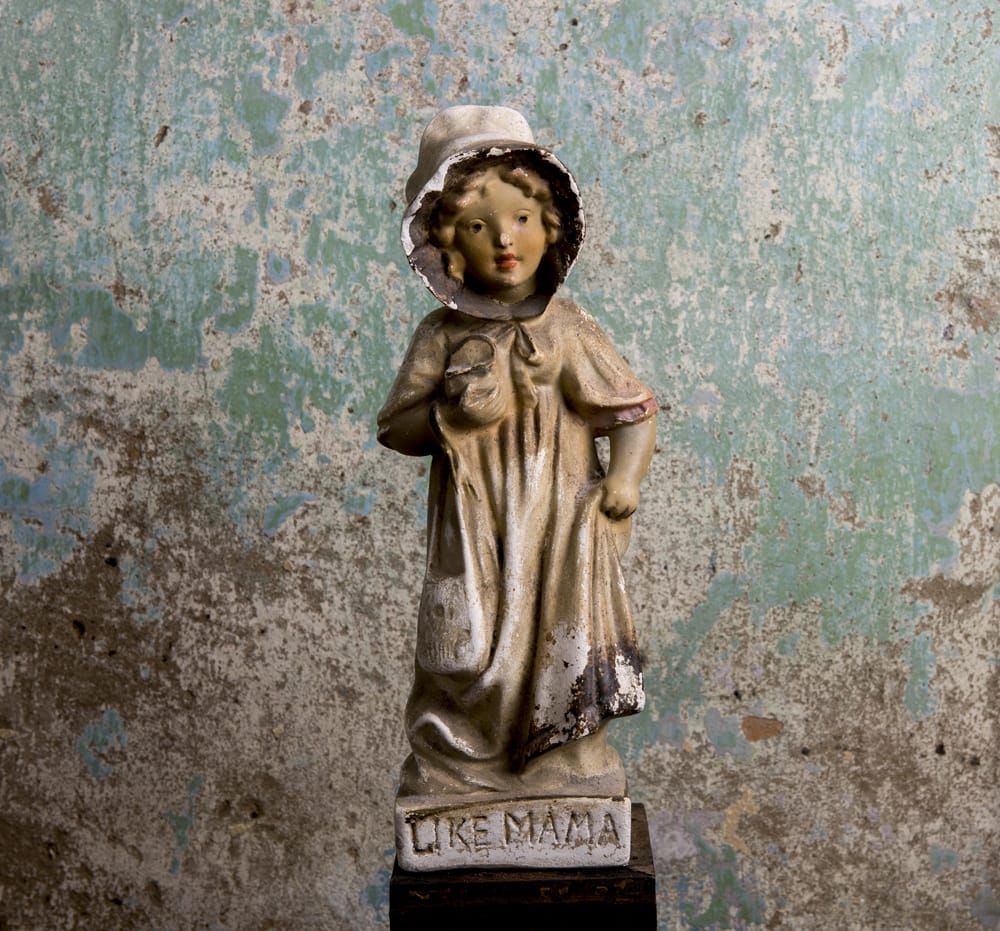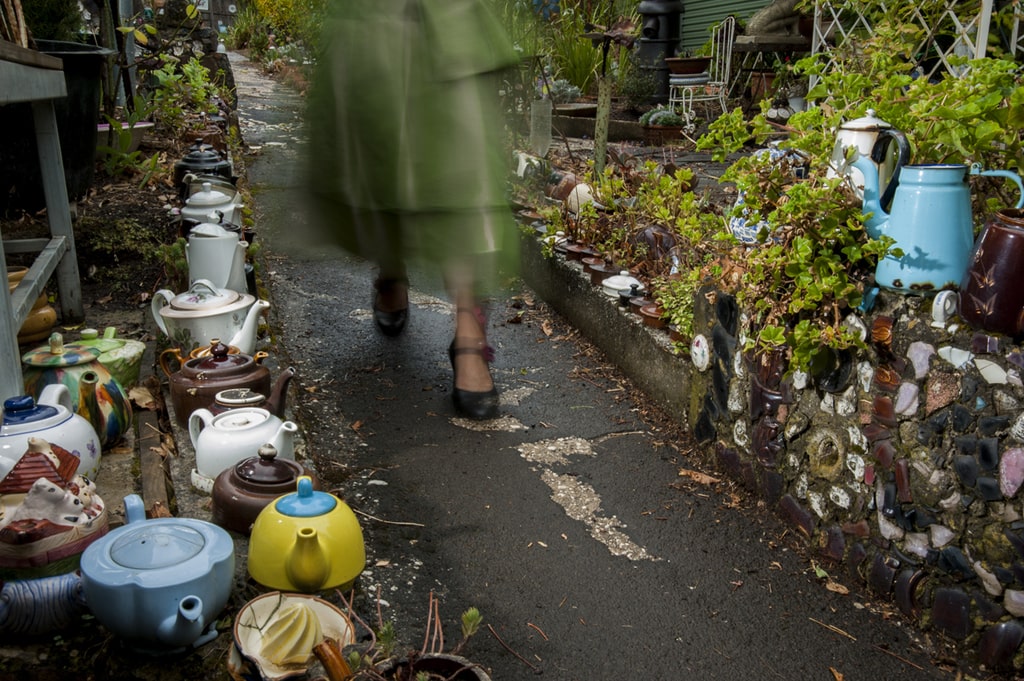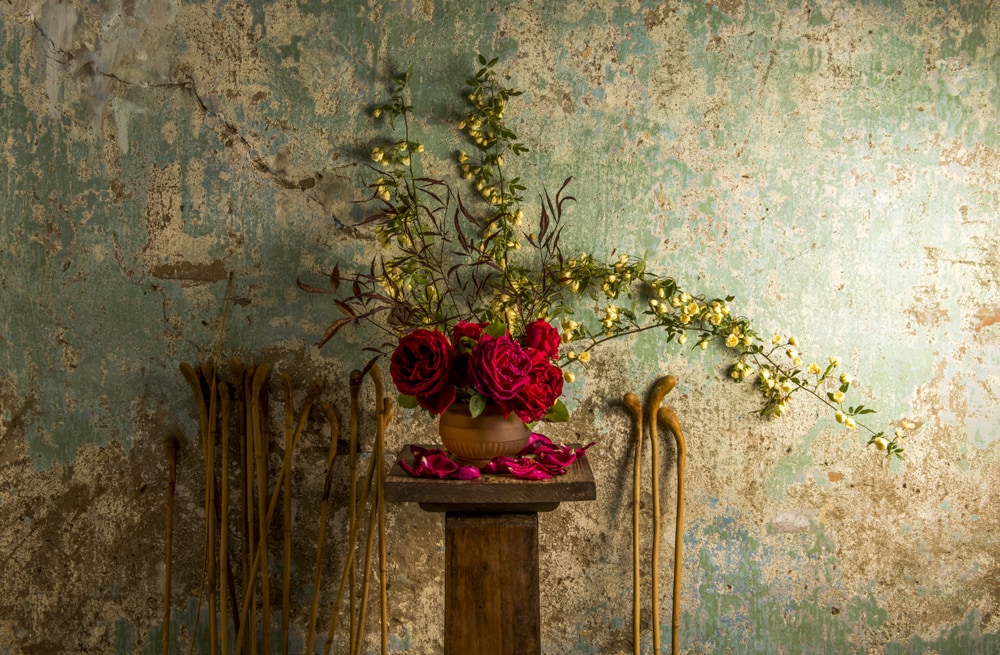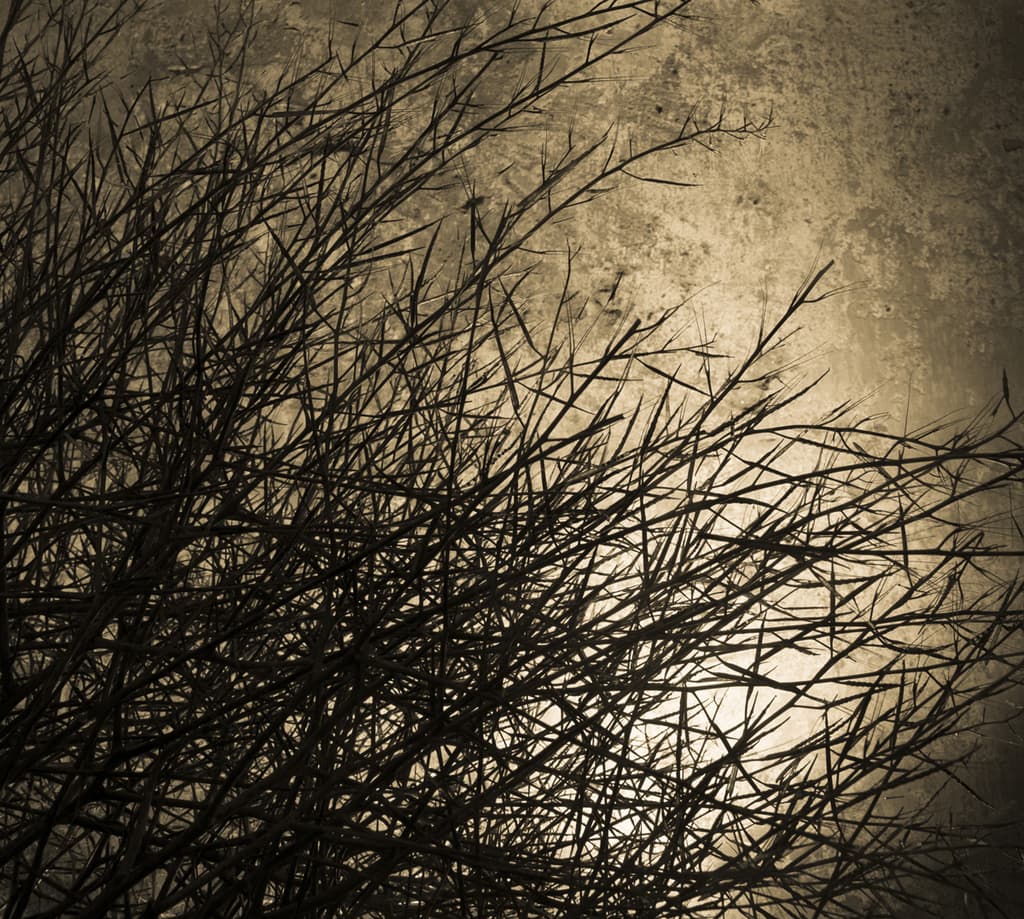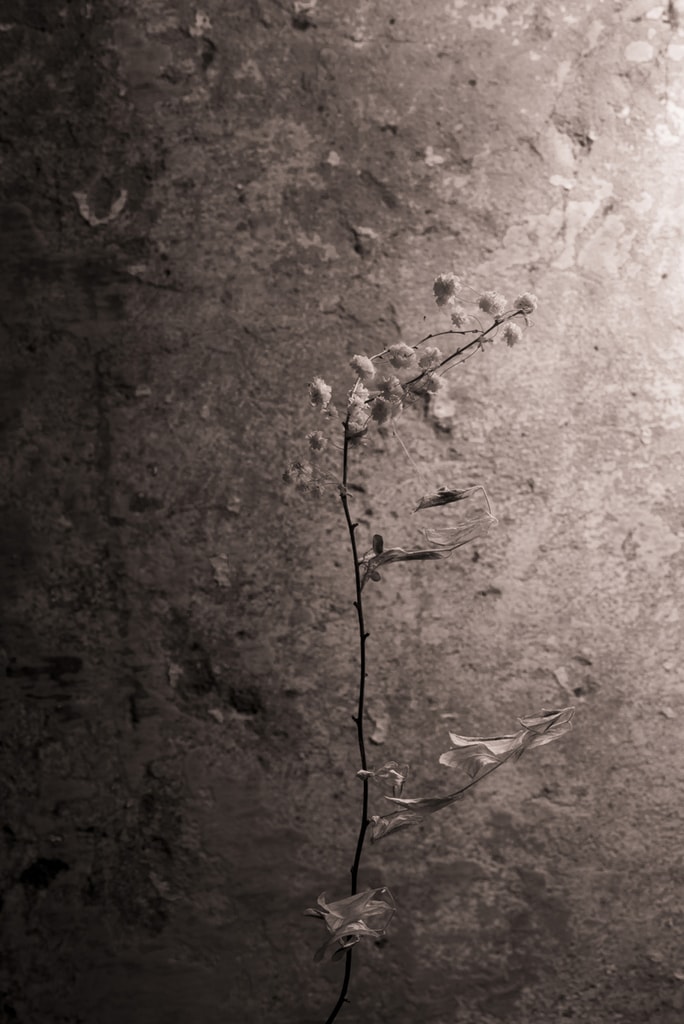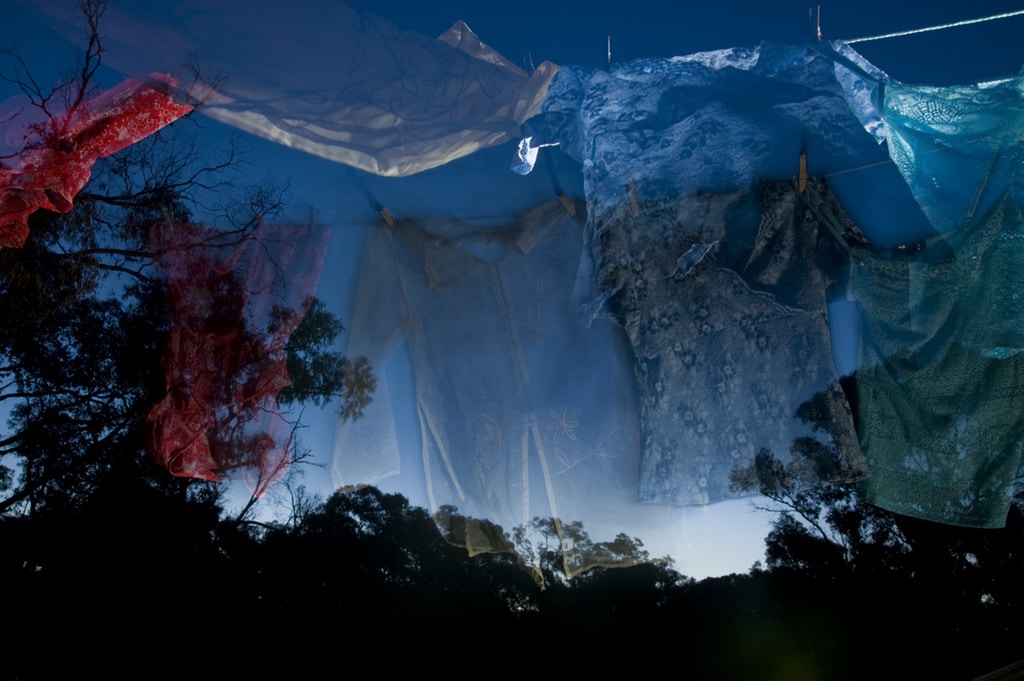Project Description
All images are digital. Cropping of images is rare. No post production except for occasional adjustment with the exposure slider in Adobe Camera RAW.
Back in the day…prior to digital…every photographer capturing colour images for reproduction was required to use colour transparency film [Ektachrome, Fujichrome, Agfachrome etc]. Film of this type produced colour positive images and was available in 35mm, medium format and 5×4/10×8 sheet film. [If you have ever seen old holiday snaps on 35mm colour slides – that is colour transparency film.] Transparency film is a ‘one off’, could not be changed in any way, and was intolerant of exposure capture mistakes beyond half a stop….sometimes even as little as one third of a stop. It was demanding and unforgiving. Colour transparency was the only colour film stock suitable for reproduction [magazines, brochures, annual reports etc.] It was not suitable for use in a colour darkroom – colour negative film was used if hard copy prints were required. When reproduced, the results from colour transparency film were fantastic. Extraordinarily accurate colour and deep saturation. The rigorous demands of colour transparency meant photographers were constantly checking the light value of their subject – using either a flash meter or available light meter, and sometimes both. After E-6 processing the film was handed to the client and was rarely seen again by the photographer.
Working with film stock that could not in any way be changed post E-6 processing, forced photographers to accurately capture their subject in camera. Every commercial photographer, regardless of genre, worked [works] to a specific client brief. Client demands, combined with the unforgiving nature of colour transparency film, often meant the best way to capture a subject was to add lighting.
I loved working with additional light and have transferred that approach to my own practice. Sometimes the use is subtle, other times very obvious.


